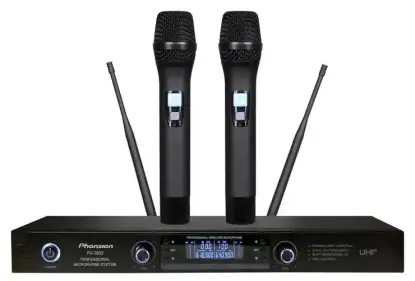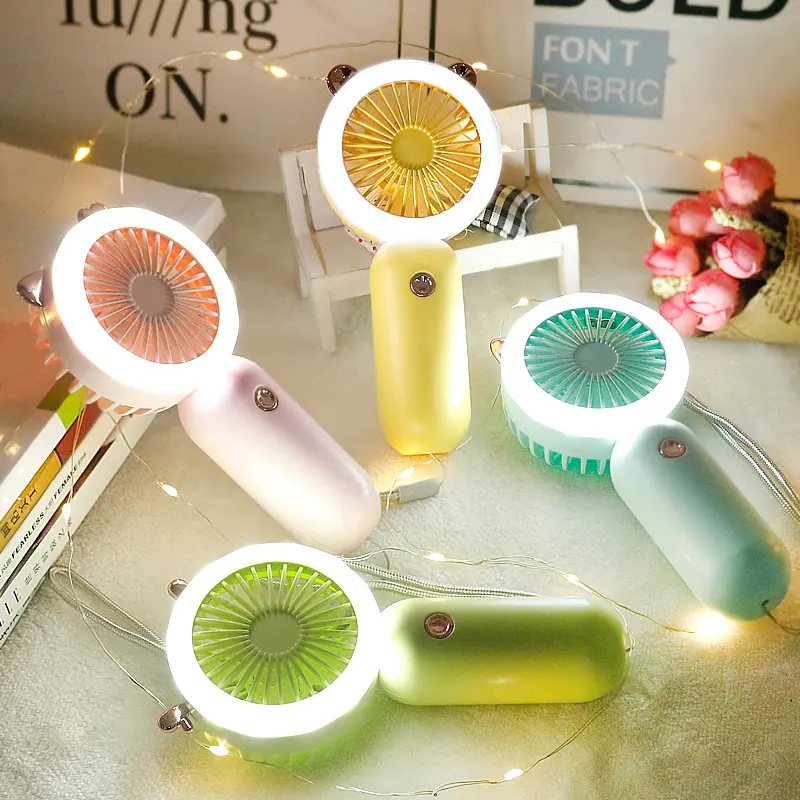
EN50689:2021 Testing Services Laboratory
EN50689:2021 Testing Services Laboratory
The latest version of the EN50689 standard for consumer laser products is EN50689:2021, officially released in 2021 and will be enforced starting in September 2024.
Recently, there has been a lot of interest from customers inquiring about the EN50689:2021 standard for consumer laser products. Today, we will introduce some relevant issues regarding the safety testing of EN50689 consumer laser products.
First of all, EN 50689:2021 is a European standard specifically developed for the safety regulations of consumer laser products. It was established and published by CENELEC (European Committee for Electrotechnical Standardization), designed to replace or supplement the existing laser safety standard EN 60825-1. EN 50689 focuses particularly on laser products intended for general consumers, such as laser pointers, laser toys, laser presentation devices, and some professional laser devices that may be operated by non-professionals.
The main goal of EN 50689 is to ensure the safety of consumer laser products and reduce the risk of potential harm to users. It covers requirements related to the design, manufacturing, testing, and labeling of laser products to ensure they do not cause irreversible damage to the eyes or skin.
Scope of EN50689:2021:
This standard applies to laser products with wavelengths between 180 nm and 1 mm, excluding certain specific types of lasers, such as those used for medical, research, industrial, and military purposes.
Classification in EN50689:2021:
Laser products are classified into different categories based on their potential hazard levels, including Class 1 (no hazard), Class 1M, Class 2 (low hazard), Class 2M, Class 3A, Class 3B, and Class 4 (high hazard). EN 50689 emphasizes the Class 3R lasers, which are more stringent compared to Class 2 or Class 1 categories.
Labeling and Warning in EN50689:2021:
Products must have appropriate warning labels and instructions to inform users on how to safely operate the laser products.
Testing and Evaluation in EN50689:2021:
Manufacturers are required to test their products to ensure they meet the performance and safety requirements outlined in the standard.
Information Provision in EN50689:2021:
The product or accompanying documents must provide information about the manufacturer or supplier, as well as guidance on the safe use of the product.
Declaration of Compliance in EN50689:2021:
Manufacturers need to issue a declaration of conformity to certify that their products comply with the requirements of EN 50689.
The EN 50689:2021 standard is scheduled for mandatory enforcement starting from September 27, 2024, meaning that by this date, all manufacturers and suppliers of consumer laser products must ensure that their products comply with this new standard.
EN50689:2021 Standard Mainly Applies to:
Consumer laser products such as laser pointers, laser toys, laser presentation devices, etc., which are commonly found on the market.
Exclusions from EN50689:2021:
The following laser devices are not covered by the EN50689:2021 standard:
1. Consumer-grade laser products designed to project radiation in the wavelength range of 380 nm to 780 nm directly onto the retina (such as VR glasses) due to the long potential daily usage duration, for which emission limits cannot currently eliminate all potential adverse effects;
2. Laser products intended solely for professional use, which are unlikely to be used by ordinary consumers (these comply with the original EN 60825-1:2014+A11:2021 standard);
3. Laser electric toys (which should comply with the toy standard EN 62115);
4. Class 1C cosmetic and beauty care laser products (covered by EN IEC 60335-2-113 and IEC 60601-2-22).
Specific Requirements for Consumer Laser Products under EN50689:2021:
Here are the specific requirements for different types of consumer laser products.
First, for children's laser products under EN50689:2021:
1. Laser products that appeal to children must be Class 1 consumer laser products;
2. For lasers in the 180-315 nm wavelength range (ultraviolet), the maximum radiation value must not exceed 0.001 W/m².
For other types of products under EN50689:2021:
1. Laser classifications must only be Class 1, Class 2, or Class 3R;
2. The maximum accessible laser radiation at any point must not exceed Class 3B;
3. During maintenance by operators, laser radiation must not exceed the claimed laser classification level.
Third, for Class 3R laser products under EN50689:2021:
1. Laser pointers must not be classified as Class 3R (i.e., the maximum classification for laser pointers is Class 2);
2. The manual must explain the reasons for classifying the laser product as Class 3R rather than using stronger or weaker lasers;
3. The laser activation switch must not be a simple press or toggle, but must require long-press activation, double-press actions, sliding, or twisting to unlock before emitting the laser (to prevent accidental or unconscious operation), and clear emission indicators must be provided to avoid unintended laser exposure;
4. Direct eye contact with the laser beam should not be necessary in functionality or usage scenarios;
5. The laser wavelength must be between 400 nm and 1250 nm;
6. When classifying lasers according to EN 60825-1, the C6 value must only be 1;
7. For wavelengths between 400 nm and 700 nm, the continuous laser power or the peak power of pulsed lasers within 0.25 seconds must not exceed the accessible laser limit of 0.5W for Class 3R;
8. For wavelengths between 700 nm and 1250 nm, the peak power of continuous or pulsed lasers within 100 seconds must not exceed the accessible laser limit of 2×C4×C7mW for Class 3R.
If you have consumer laser products that require testing or need to be evaluated for EN50689:2021 compliance, feel free to reach out via email for consultation.
Email:hello@jjrlab.com
Write your message here and send it to us
 Wireless Microphone Export Certification
Wireless Microphone Export Certification
 Audio-Visual Products SNI Certification in Indones
Audio-Visual Products SNI Certification in Indones
 FCC-ID: Still Needed if Module is Certified?
FCC-ID: Still Needed if Module is Certified?
 FCC Certification Fees for Handheld Fans
FCC Certification Fees for Handheld Fans
 FCC Certification Testing for Smart Lighting Produ
FCC Certification Testing for Smart Lighting Produ
 What is the ETSI EN 303 645 Testing Standard?
What is the ETSI EN 303 645 Testing Standard?
 UL Compliance and ETL Certification for LED Lighti
UL Compliance and ETL Certification for LED Lighti
 What is the IEC 60598 Standard?
What is the IEC 60598 Standard?
Leave us a message
24-hour online customer service at any time to respond, so that you worry!




